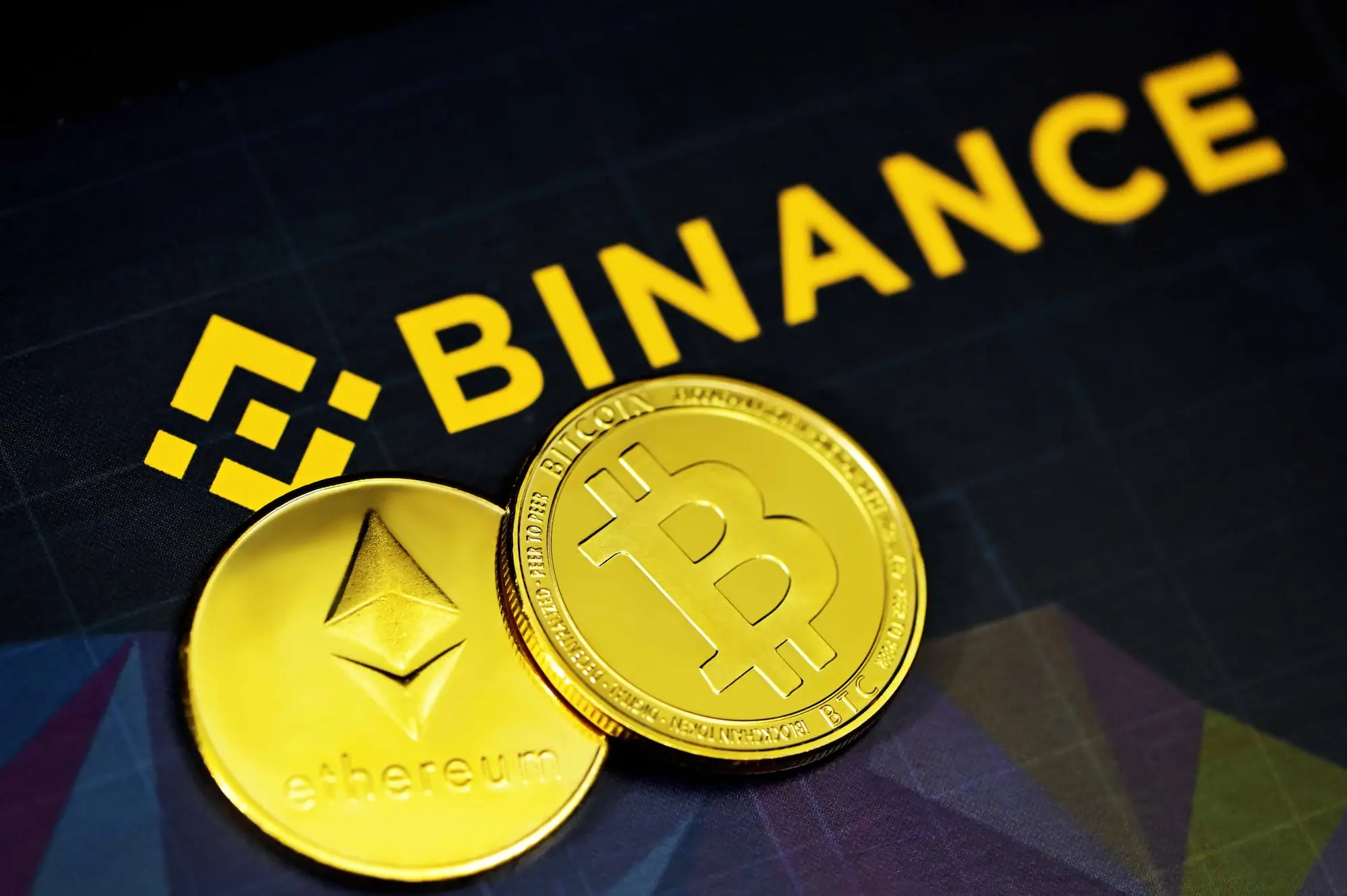The Binance FUD Has Some Legs
Binance has confirmed that it commingled user funds with it's reserves, and that it's stablecoin has not always been backed.

It seems like crypto always has a massive amount of FUD (fear, uncertainty, and doubt), but up until Terra Luna’s collapse it was spread out. UST’s implosion seemed to focus all the FUD on one subject–the community can only be skeptical about one thing at a time right now.
For over a month now, Binance has been the recipient of that FUD. We’ve seen billions outflow from Binance in the wake of FTX’s collapse with increased concern around the security of its funds. At first I dismissed it (though I did pull the last of my money on Binance out of there), but it’s been getting increasingly real.
Binance has always claimed it has collateral in reserve for all of the tokens issued to be traded on the Binance Smart Chain and for all of the user funds, and that these funds are stored separately to keep them safe. This week Binance admitted that wasn’t true. If you’ve been keeping up with the whole FTX saga, you’ll know that this is exactly how FTX ended up losing your money. The problem with co-mingling funds is that you don’t know how much risk you can take on without putting people’s deposits in danger.
Right now about half of the 94 tokens on the Binance Smart Chain that Binance issues have their reserves in a wallet which also holds customer funds. In response to these reports, Binance said “Binance is aware of this mistake and is in the process of transferring these assets to dedicated collateral wallets.”
This comes just a few weeks after news that their BUSD stablecoin which was reportedly fully collateralized was actually only fully collateralized on Ethereum, and had periods of undercollaterlization on other blockchains. The takeaway here isn’t that Binance isn’t safe, or that it is about to go under. The takeaway is that during a time where you want the lowest custodial risk possible, Binance is showing itself to be riskier than it told us it was.
